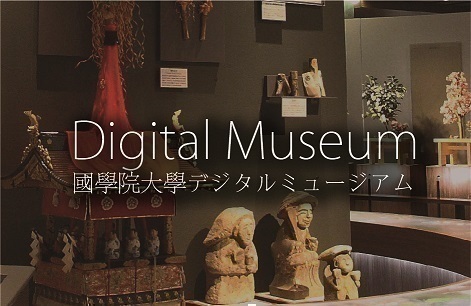- トップ
- Encyclopedia of Shinto
- Shintōshū
Encyclopedia of Shinto
| Main Menu: | |
| Links: |
詳細表示 (Complete Article)
| カテゴリー1: | 9. Texts and Sources |
|---|---|
| カテゴリー2: | Other Basic Texts |
| Title | Shintōshū |
| Text | Also known as Shosha kongen-shō, it is a collection of about fifty Shintō stories (setsuwa) compiled into ten volumes. It seems to have been compiled between the years of 1352 and 1361, but it is unclear who the compiler was. There is a theory that someone steeped in the traditions of the Agui, the Shōdō Buddhist faction based at Hieizan Tōtō Chikurinin, collected and abridged Shōdō (Buddhist preaching) documents. The contents of this work can be divided into three large groups: 1) items dealing with Shintō, such as the origin of Shintō, things about torii, and things related to kagura; 2) items dealing with the formal origins (engi) of shrines, such as things related to Usa Hachiman Shrine, things dealing with Kajima Daimyōjin, events surrounding Nikkō Gongen, and items related to the ichinomiya shrine of Kōzuke Province; and 3) items related to the origins of various divine tales, such as things related to Kumano Gongen, to Tamazushima Myōjin, to the bodhisattva of Fuji Sengen, and the origins of Suwa. Starting with the eight stories related to Kōzuke Province, there is a large proportion of stories dealing with various shrines from Kantō and Shin'etsu (Shinano and San'etsu provinces), and this is believed to reflect the influence of Agui thought, which had moved into the eastern provinces. Perhaps because Agui belongs to the Danna (a faction of the Tendai school of Buddhism) there is little influence from Sannō Shintō; rather, Ise is at the center of the statements on Shintō. This work is also important if one is researching honji theories (see honji suijaku setsu) or working on early Jōruri. The text is contained in Tōyō bunko, number 94 (Heibonsha, 1967), and the Shintō taikei. Translator's note: Please refer tohonjisuijakusetsuregarding the connections between Buddhist proselytizing and Shintō origin stories. — Kadoya Atsushi |




